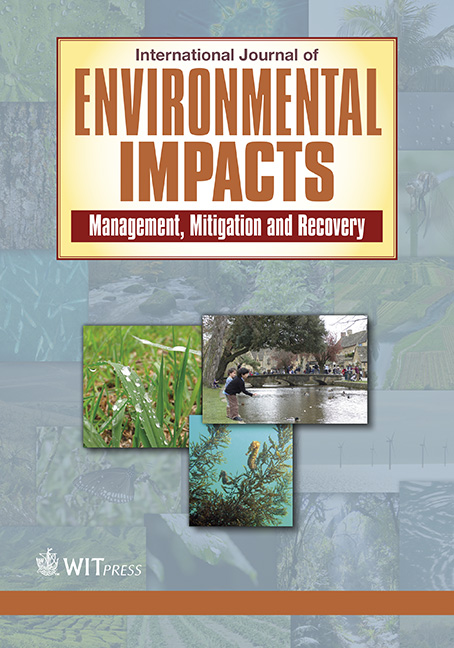Alejandro Zohn’s mathematical design process, approach through three-dimensional analysis
Price
Free (open access)
Volume
Volume 4 (2021), Issue 4
Pages
13
Page Range
309 - 322
Paper DOI
10.2495/EI-V4-N4-309-322
Copyright
WIT Press
Author(s)
Alfred Esteller Agustí, Isamar A. Herrera Piñuelas & Adolfo Vigil De Insausti
Abstract
Alejandro Zohn (1930–2000) was one of the most important architects in the second half of 20th century in Guadalajara, Jalisco. Their work in public space is linked to the most important spaces in the city, although the studies about him have left most of his process and architectural and spatial comprehen- sion. With well-known teachers and references like Mathias Goeritz, Félix Candela or Eduardo Torroja, Alejandro developed a design process based on arithmetic compositions using geometric pure volumes, in most of the cases in concrete. Alejandro Zohn’s commitment with mathematical and geometric purity relates him with nature and its rules, also depending on mathematics and fractal growth, what leads his designs to a good public appreciation although the state of conservation is quite disturbing in some of the cases due to administration neglect. In the case of the works for public spaces studied in this paper, Alejandro Zohn generated a fractal growth in order to balance the volumes, weights and dimensions, with the use of hyperbolic paraboloid to lead the structural stress of the demanding forms to the floor with the highest lightness possible. In order to achieve a full vision of this growth and balance, this work focuses in showing the volumes used in the composition transforming them from the two usual dimension of floor and elevation to three-dimensional volumes, showing the conceptual complexity of this two apparently simple shapes.
Keywords
fractal growth, functional structures, geometry, hyperbolic paraboloids, monumentalism, nature-related forms




